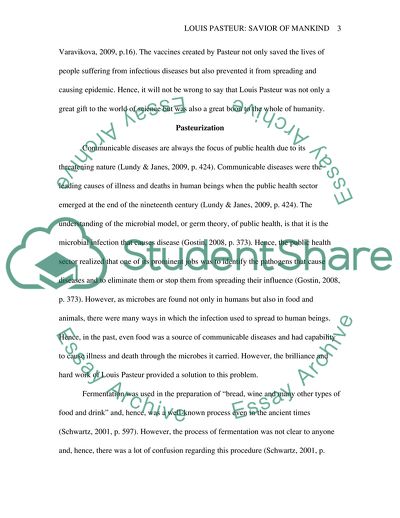Cite this document
(Louis Pasteur - Savior of Mankind Report Example | Topics and Well Written Essays - 1750 words, n.d.)
Louis Pasteur - Savior of Mankind Report Example | Topics and Well Written Essays - 1750 words. https://studentshare.org/health-sciences-medicine/1766972-louis-pasteur-1822-1895
Louis Pasteur - Savior of Mankind Report Example | Topics and Well Written Essays - 1750 words. https://studentshare.org/health-sciences-medicine/1766972-louis-pasteur-1822-1895
(Louis Pasteur - Savior of Mankind Report Example | Topics and Well Written Essays - 1750 Words)
Louis Pasteur - Savior of Mankind Report Example | Topics and Well Written Essays - 1750 Words. https://studentshare.org/health-sciences-medicine/1766972-louis-pasteur-1822-1895.
Louis Pasteur - Savior of Mankind Report Example | Topics and Well Written Essays - 1750 Words. https://studentshare.org/health-sciences-medicine/1766972-louis-pasteur-1822-1895.
“Louis Pasteur - Savior of Mankind Report Example | Topics and Well Written Essays - 1750 Words”. https://studentshare.org/health-sciences-medicine/1766972-louis-pasteur-1822-1895.


